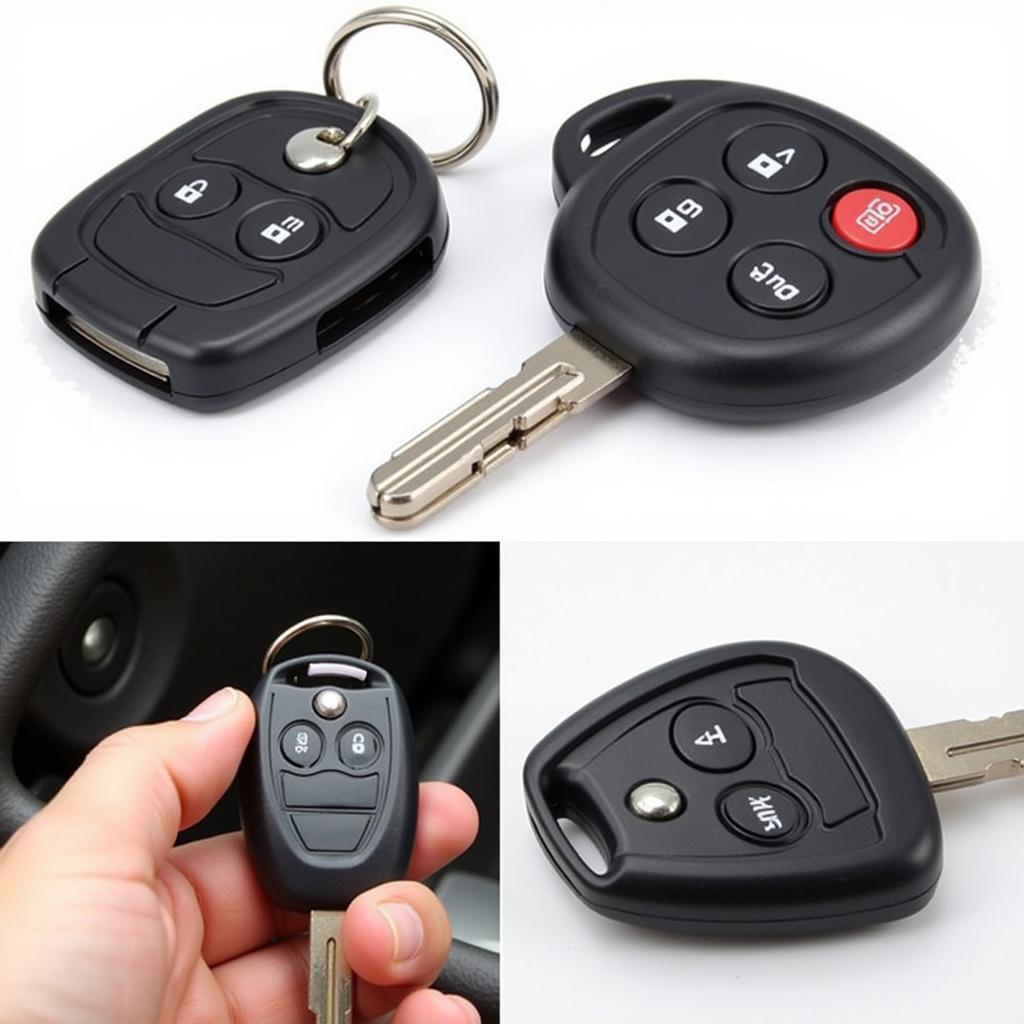A dead battery is the most common reason a car won’t start. You turn the key and…nothing. This article will guide you through the reasons behind a dead battery, how to diagnose the problem, and provide solutions, including remote software fixes for certain vehicles.
Why is My Car Battery Dead?
There are several reasons why your car battery might be dead. Some of the most common include:
- Leaving lights on: This is a classic culprit. Leaving headlights, interior lights, or even the trunk light on can drain your battery overnight.
- Extreme temperatures: Both extreme heat and extreme cold can affect battery performance and lifespan.
- Old age: Batteries don’t last forever. Typically, a car battery needs replacing every 3-5 years.
- Parasitic drain: Even when your car is off, certain systems can still draw power, slowly draining the battery. This could be a faulty radio, alarm system, or even a glove box light.
- Alternator issues: The alternator recharges the battery while the engine is running. A failing alternator won’t recharge the battery, leading to a dead battery.
- Short circuits: A short circuit can cause a rapid discharge of the battery.
Diagnosing a Dead Battery
How can you be sure a dead battery is the problem? Here’s how to diagnose it:
- Check the dashboard lights: When you turn the key, do the dashboard lights come on dimly, or not at all? Dim lights suggest a low battery, while no lights could indicate a completely dead battery or other electrical issues.
- Try the headlights: If the headlights are very dim or don’t come on at all, it points towards a dead battery.
- Listen for clicking sounds: A rapid clicking sound when you try to start the car usually indicates a low battery that doesn’t have enough power to turn over the engine.
- Test the battery voltage: Using a multimeter, check the voltage across the battery terminals. A fully charged battery should read around 12.6 volts. A reading below 12.4 volts suggests a low charge, and anything below 12 volts indicates a dead battery.
How to Start a Car with a Dead Battery
You have a few options to get your car started:
- Jump-starting: This is the most common and often quickest solution. Connect jumper cables correctly to a working battery in another vehicle.
- Using a portable jump starter: These handy devices can provide enough power to jump-start your car without needing another vehicle.
- Charging the battery: If you have time, you can charge the battery using a battery charger. This takes several hours.
Remote Software Solutions for Certain Vehicles
Modern vehicles often incorporate sophisticated computer systems. In some cases, a software glitch can cause issues that mimic a dead battery. For certain makes and models, remote diagnostics and software updates can resolve these problems. A qualified technician can connect to your vehicle remotely to diagnose and fix software-related issues that might be preventing your car from starting. This can often save you a trip to the repair shop.
Preventing a Dead Battery
Here are a few tips to keep your battery healthy and avoid getting stranded:
- Turn off all lights and accessories when you park your car.
- Have your battery tested regularly, especially if it’s over three years old.
- Limit short trips, as this doesn’t give the alternator enough time to fully recharge the battery.
- Park in a garage or shaded area during extreme temperatures.
- Consider installing a battery disconnect switch for long-term storage.
 Remote Car Diagnostics
Remote Car Diagnostics
Conclusion
A dead battery can be a frustrating experience, but understanding the causes and solutions can help you get back on the road quickly. Regular maintenance and preventative measures can prolong the life of your battery and minimize the chances of a dead battery car won’t start situation. For more advanced software-related issues, remote diagnostics and programming can offer a convenient solution.
FAQ
- How long does a car battery last? Typically 3-5 years, but this can vary depending on usage and climate.
- Can I jump-start my car with any cables? Use good quality jumper cables with the correct gauge for your vehicle.
- What is a parasitic drain? A slow drain of battery power even when the car is off, caused by faulty electronics.
- How can I test my car battery? Use a multimeter to check the voltage, or take it to an auto parts store for testing.
- How often should I have my car battery tested? At least once a year, or more frequently if it’s older than three years.
- What are the signs of a failing alternator? Dim headlights, flickering dashboard lights, and a whining sound from the engine.
- Is it safe to jump-start a car? Yes, as long as you follow the correct procedures and safety precautions.


